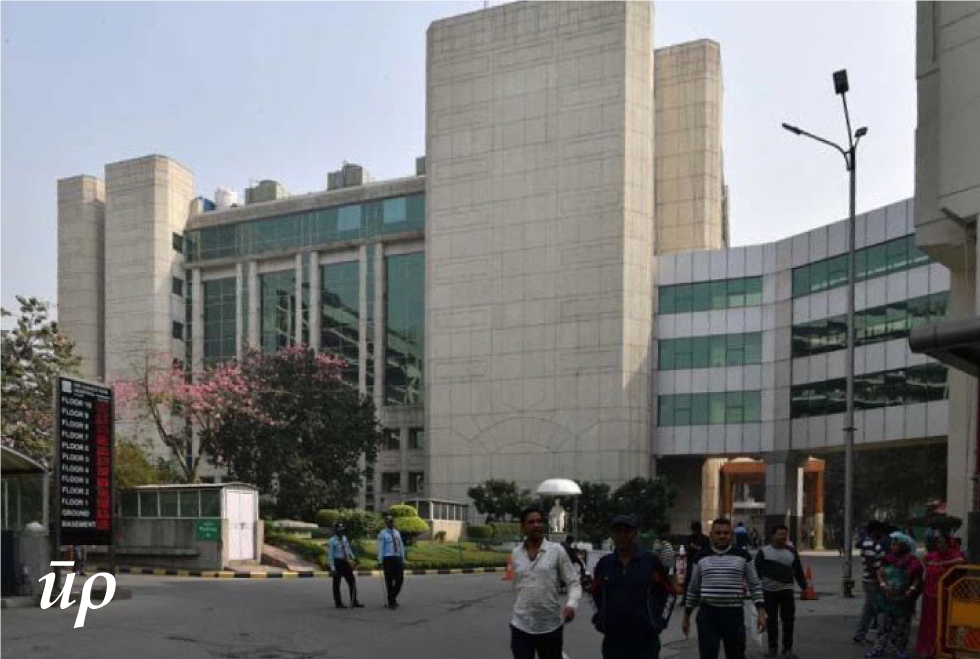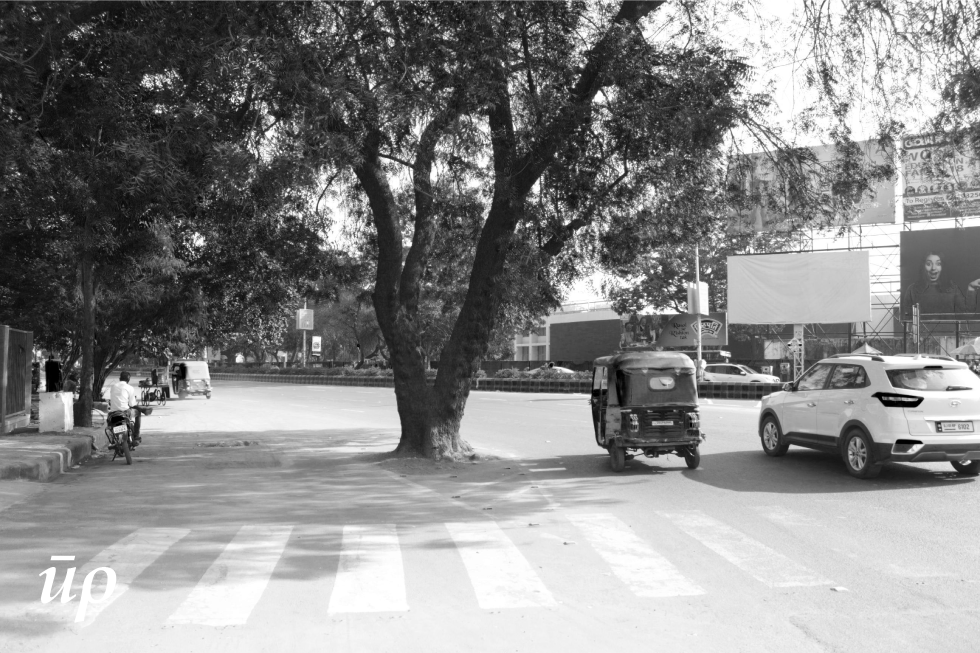The article emphasises on measuring the elements of urban design in the line of ‘The Image of the City’ by Kevin Lynch, whereby the locational setting shifts to various pockets of New Delhi that are impactful primarily because of the presence of healthcare centres which are of regional or national importance.
City design is the amalgamation of different elements including utilities, transportation, landmarks and meeting places stated in different ways by various noblemen. The different elements have to be arranged in a manner that they speak for a city and are functional to the users. People are the most important part of a city, not only acting as spectators but an evident part of the growth that it witnesses.
The article focuses on studying and analysing the urban precincts of the healthcare institutes of Delhi and developing a site-specific urban design proposal for the enhancement of the ward. The study envisions to undertake area-specific ward design in the national capital territory to present comprehensive policies and proposals for the upgrading of the wards. The project focused on studying the area of intervention by adopting certain methodologies which included the understanding, on how the national capital territory came into existence, the urban morphology of Delhi, selection of case study areas, analysis of the urban profile of the wards, interpreting the image of the city – by Kevin Andrew Lynch and finally trying to co-relate the inferences with our project.
Continue reading “Image of the City: Healthcare Precincts of Delhi”
